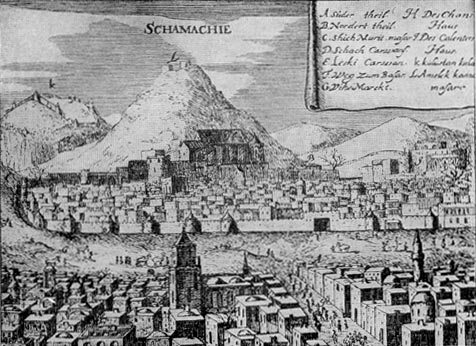2025
2025
2025-01-31

The article Garden Cultures and Industrial Activities in the City of Shamakhi and Its District by the former inspector of the Shamakhi city school, T. G. Makhaladze is an important record about the indigenous presence, occupation, and role of Armenians in the economic development of the Shamakhi district[1].
The author wrote that Armenians planted and cultivated vineyards primarily for winemaking. According to T. Makhaladze, such vineyards existed in the vicinity of the city of Shamakhi and in Armenian villages, among which the vineyards of Kalantarov, Serebryakov, and Ter-Hovhannesov were well known. These vineyards occupied vast areas, particularly in the villages of Matrasa, Karkanj, Sagian, Gyurdjevan, Hnghar, Kalagayli, Kalakhan, and Kavand. There were fewer vineyards in the city of Shamakhi and other neighboring villages. Ethnic Armenians Khachanov and Ter-Sahakov were well-known viticulturists in Matrasa.
Misak Sarkisyants from Shamakhi and several other Armenians cultivated pistachio trees. The author noted that in several villages of the district, native Armenians and resettled Russians were engaged in beekeeping, which brought them significant benefits. It is worth mentioning that the author explicitly refers to the Armenians living in these villages as natives.
In Shamakhi, Davidov, Taroev and others were among the silk factory owners. It is important to emphasize that, according to the author, at the end of the 19th century and the beginning of the 20th century, Armenians were quite influential in both the district and the city of Shamakhi and played a significant role in the economic affairs of the region.
[1] Collection of Materials for the Description of Localities and Tribes of the Caucasus, Issue 39, Tiflis, 1908, Section 1, pp. 31-60 (Сборник материалов для описания местностей и племен Кавказа, выпуск 39, Тифлис, 1908, отдел 1, с. 31-60).